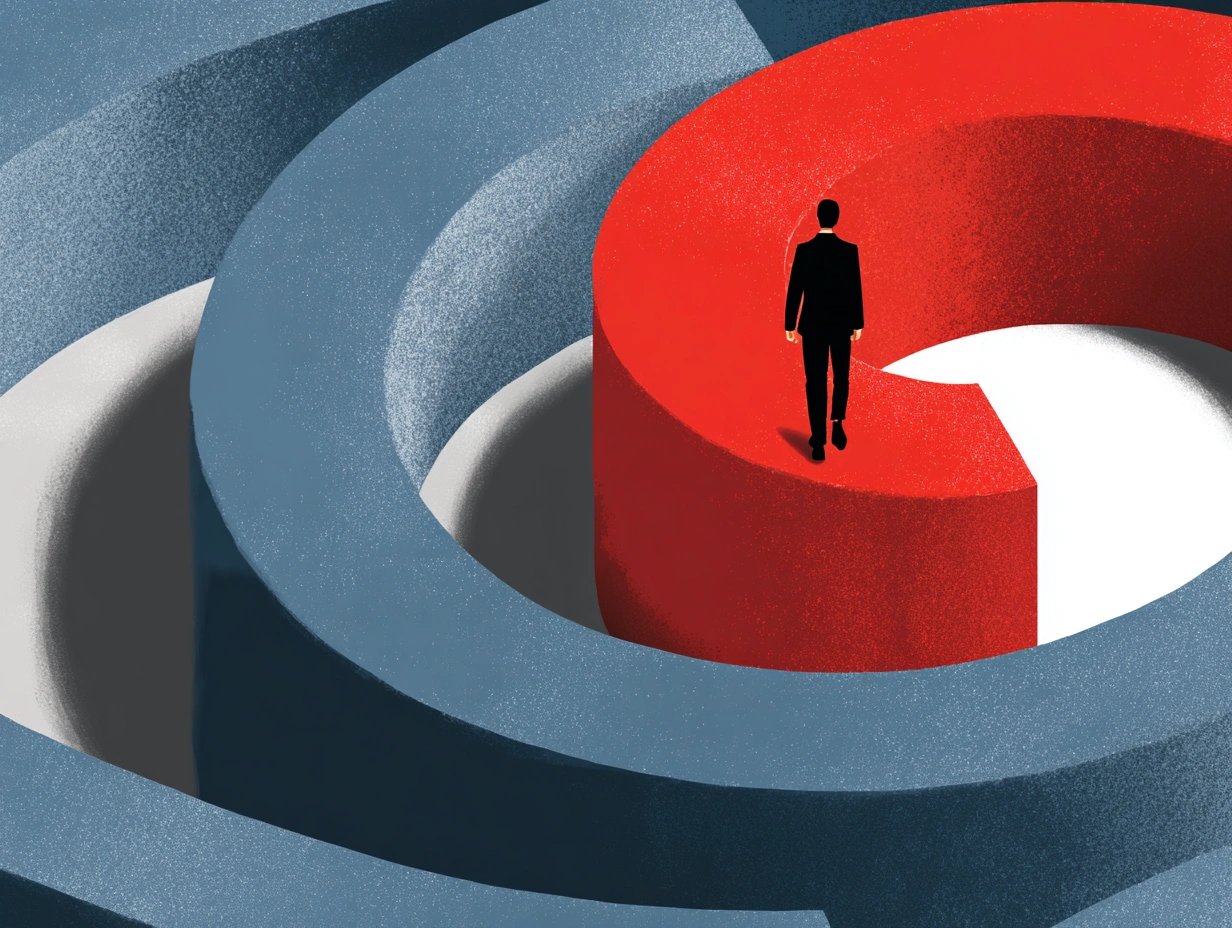Strategy Is A Muscle
Themore you train clarity, the more instinctive it becomes.

Themore you train clarity, the more instinctive it becomes.

Most people treat strategy like a plan to be written, not a capability to be built. They approach it episodically (offsite meetings, annual decks, slide templates, and only when it might need to change) instead of as a daily discipline. The result is predictable. Strategy weakens when it isn’t used.
The strongest leaders I know treat strategy like training. They revisit it, test it, stress it, refine it. They don’t expect perfect answers. They build strength through repetition, friction, and feedback. Strategic clarity comes from movement, not documentation.
There’s a reason strong organizations sound repetitive. They are. They restate priorities, realign focus, and reinforce intent. That repetition isn’t laziness. It’s conditioning. The same way muscle memory keeps your body balanced, strategic repetition keeps your organization aligned.
I once worked with a retail executive who began every leadership meeting the same way: “What’s true this quarter that wasn’t true last quarter?” It forced everyone to connect daily operations to strategic reality. Over time, that one question trained the team to think strategically without being told to.
Muscle builds through tension and recovery. The same is true for clarity. The tension is the hard questioning. The recovery is the alignment that follows. Without both, the organization stays weak.
Strategic thinking isn’t intelligence. It’s pattern recognition under pressure. You don’t learn it once and keep it forever. You earn it by practicing it until it becomes reflex.
The most strategic people I’ve worked with don’t need perfect data before deciding. They’ve trained the judgment muscle enough to know when direction beats deliberation.They recognize when clarity is more valuable than consensus.
One client used to delay key product decisions until every stakeholder signed off. It kept them safe but slow. We reframed the decision process as “reps,” not approvals. Each choice was a chance to get stronger. Within months, the company had built a rhythm of confident, aligned decision-making that no longer depended on bureaucracy.
You can spot weak strategy the same way you spot weak fitness. It collapses under fatigue. Teams fall back to old habits the moment the pressure spikes. Real strategy shows up when conditions get hard: when you’re behind plan, when markets shift, when the easy answer tempts you back to noise.
Endurance in strategy comes from conditioning, not charisma. It’s the repetition of disciplined choice-making that makes clarity instinctive. The muscle remember seven when the system is under stress.
A manufacturing client once told me, “We stopped having strategy meetings and started having strategy moments.” That change made all the difference. Instead of treating strategy like a quarterly event, they made it a habit embedded in decisions, reviews, and even hallway conversations. Alignment became reflex.
Every organization has a default workout — its recurring habits of thinking and deciding. The problem is that most are cardio-heavy and strength-light. They focus on speed, volume, and optics instead of deliberate, high-quality reps that actually build capability.
The reps that matter are the ones that stretch judgment and create clarity:
Those are the compound lifts of strategy. They build strength across the system, not just in one function or department.
Strategy matures the same way fitness does — through consistency, feedback, and the willingness to train through discomfort. You can’t think your way to strength. You have to build it through deliberate, repeated effort.
The leaders who do this well don’t treat strategy as a once-a-year exercise. They use it as a daily calibration tool. Every decision becomes a rep. Every conversation is a chance to practice alignment.
If you do that long enough, the organization develops something rare: strategic resilience.You can change plans without losing direction. You can absorb shocks without losing focus. You can adapt because the muscle is strong.
Strategic strength comes from repeated clarity. The more often you practice it, the more instinctive it becomes.
Strategy is not a document or an event. It’s a discipline. And like any discipline, you either train it or lose it. The strongest organizations aren’t those with the smartest plans. They’re the ones that practice strategy until it becomes who they are.